Repeat associated mechanisms of genome evolution and function revealed by the Mus caroli and Mus pahari genomes
Data and Resources
-
Open Access PDFPDF
Genome Research
Additional Info
| Field | Value |
|---|---|
| Source | |
| Version | |
| Authors |
|
| Maintainer | |
| Maintainer Email | |
| Article Host Type | publisher |
| Article Is Open Access | true |
| Article License Type | cc-by |
| Article Version Type | publishedVersion |
| Citation Report | https://scite.ai/reports/10.1101/gr.234096.117 |
| DOI | 10.1101/gr.234096.117 |
| Date Last Updated | 2019-06-06T11:50:36.430328 |
| Evidence | open (via page says license) |
| Funder code(s) | Wellcome Trust (WT098051, WT202878/B/16/Z, WT202878/Z/16/Z, WT108749/Z/15/Z); National Human Genome Research Institute (U41HG007234); Cancer Research UK (20412); H2020 European Research Council (615584); Biotechnology and Biological Sciences Research Council (BB/N02317X/a); European Molecular Biology Laboratory (); European Community's Seventh Framework Programme (244356, FP7/2010-2014); European Union's Seventh Framework Programme (HEALTH-F4-2010-241504, FP7/2007–2013) |
| Journal Is Open Access | false |
| Open Access Status | hybrid |
| PDF URL | http://genome.cshlp.org/content/28/4/448.full.pdf |
| Publisher URL | https://doi.org/10.1101/gr.234096.117 |
